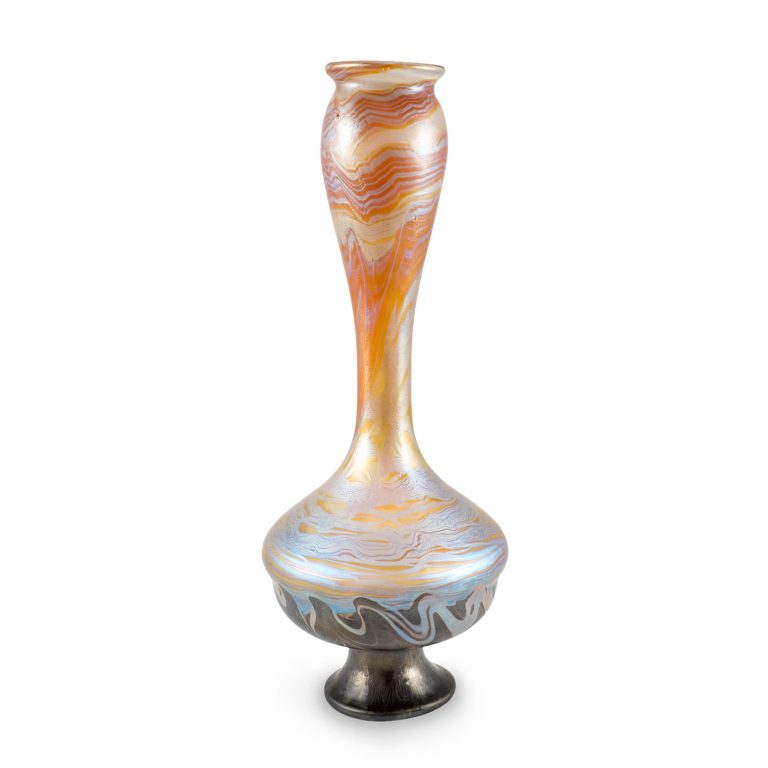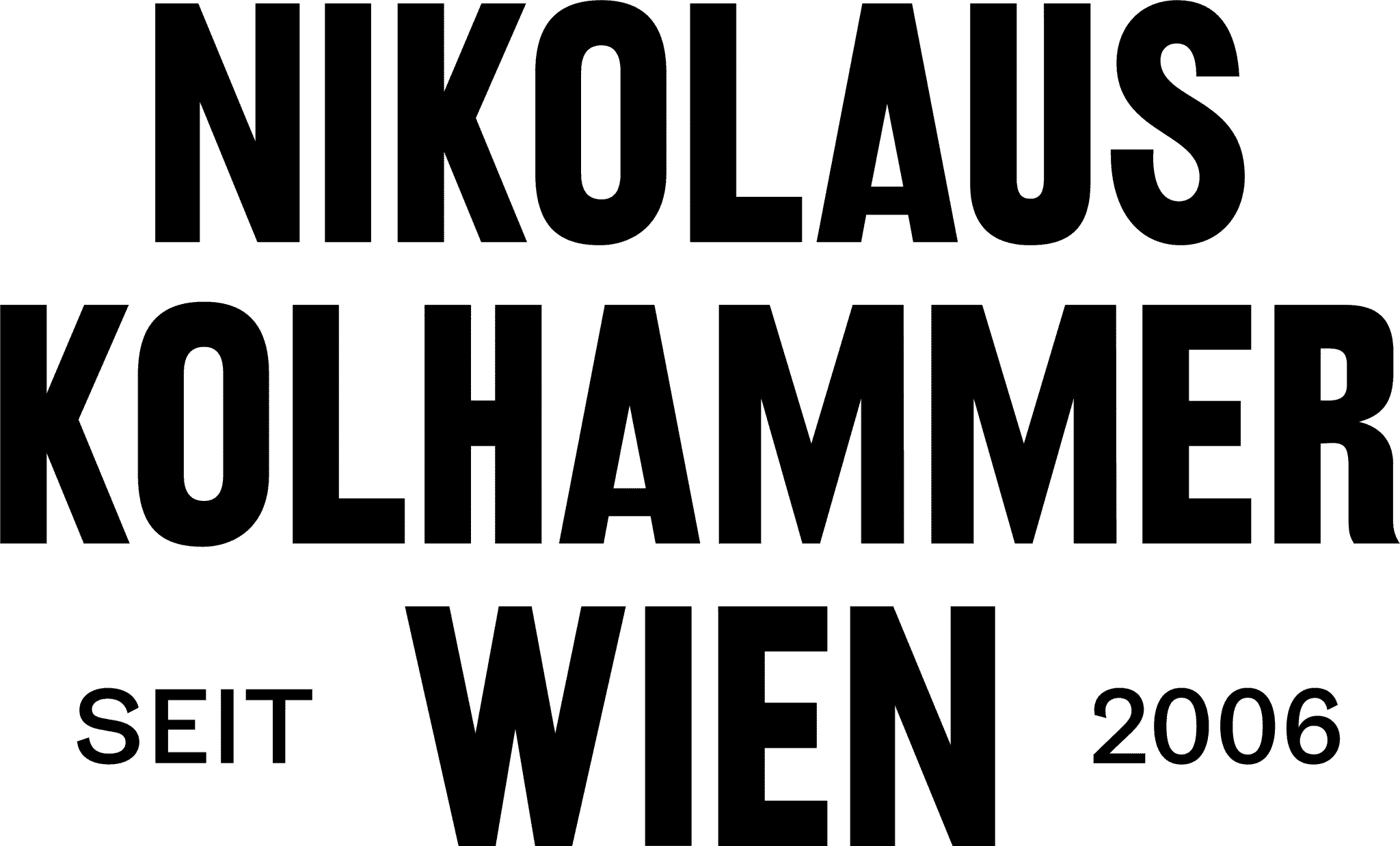After Max Ritter von Spaun, grandson of Susanne Gerstner, took over the company in 1879, the firm achieved considerable economic success, but the artistic and international reputation it sought failed to materialize. The company’s own designs were too one-sided, and there was a lack of artistic influence from outside.
But all of this was to change with a new corporate strategy. Spaun had articles written for art magazines in which he presented the latest creations from the glassworks. With the intention of raising the company’s profile, he also gave away selected glass creations to museums and influential entrepreneurs.
Finally, the emerging collaborations with major institutions such as the Vienna School of Applied Arts (Wiener Kunstgewerbeschule) and the Viennese artists’ associations Künstlerhaus and Secession were decisive. Particularly noteworthy was the collaboration with major Viennese glass manufacturers such as J. & L. Lobmeyr and E. Bakalowits Söhne.
In 1896, Austrian companies were able to apply for the upcoming Paris Exposition (Exposition Universelle), and Spaun did everything in his power to obtain permission to participate. In March 1896, the time had finally come: the Johann Loetz Witwe glass factory received an acceptance for the world exhibition.
Over the next four years, Spaun changed Loetz’s entire commercial and artistic strategy. His goal was a successful participation in the Paris Exposition. It was not the only exhibition Spaun participated in during these years, but it was probably by far the most important. Especially in the years 1898 to 1900 several new glass processing methods as well as color variations, chemical as well as technical achievements were pushed. Many of them were also registered as patents.
At the same time, Spaun followed the work of the U.S. glass manufacturer Louis Comfort Tiffany with great enthusiasm, whose “Favrile” glasses were exhibited in several European cities. The iridescent glass captivated both Europeans and Spaun. The great success of American “Favrile” glass inspired Spaun to produce iridescent art glass himself in his glassworks. This was not prohibited by copyright at the time. He demonstrated to the world that Loetz could produce iridescent art glass of the same high quality as its international competitors.
But Spaun did not want to simply copy the international trend and added his own, more modern touches. His vases were based on traditional forms, which he modified with twists and wavy patterns. For the designs of the world exhibition collection, Spaun commissioned a rather unknown artist: the young South German painter Franz Hofstötter.
Hofstötter was to design 100 vases for the 1900 Paris Exposition. It was important to Spaun that, on the one hand, the technical innovations of his glass factory be emphasized and, on the other hand, that modern, unusual vase shapes be the focus of Hofstötter’s designs. Decisive, and what Hofstötter also excelled at, were his designs for the iridescent surface decoration. The patterns were intended to reflect the Central European trend but convey a very unique artistic and modern interpretation.

In addition to these aspects, the color scheme of many glass vases was also new. Eduard Prochaska (Loetz’s managing director) was decisive in this regard. Due to his knowledge of glass technology and craftsmanship, he and his employees were able to decide exactly how Hofstötter’s creative ideas could be put into practice.
Overall, the collection for the World’s Fair stood out strongly from earlier Loetz vases, including some glass bowls and plates. While there were some glass objects that were not entirely new in terms of technology, form and color, and were reminiscent of older models, many of the exhibits were exceptional and innovative.
Undoubtedly, the decor Phenomenon 387 Pink with Silver belongs to one of these vases. It is signed and is one of the most famous works by Loetz, which was on display at the Exposition Universelle.
The shape and decoration of the 47 cm high vase were penned by Franz Hofstötter. To capture such a complex decorative design on such a large vase was a challenge even for the master glassblowers of the Loetz Witwe company. The successful execution was the best example of the workers’ master craftsmanship. The exhibition phenomenon Genre 387 was explicitly developed for this form design. This can be deduced from the same number of pattern cuts and decor.
The characteristic work of Franz Hofstötter is the typical naturalistic and symbolic surface design. The base of the vase, which is kept in a dark tone, can be understood as earth. The transition into the blue and silver-yellow threads that meander along the body of the vase like currents of wind is interpreted as air and atmosphere. As a subsequent finish, the rest of the vase is orange-red and represents the heavenly fire. All those elements, earth, air, and fire, are prerequisites for creating iridescent glass and must be skillfully combined to create such a work of art.
With a creation like this, the art glass of Louis Comfort Tiffany should be eclipsed. Loetz succeeded in doing just that. It was this vase in particular and other ones that brought him not only the highest award, the Grand Prix, at the 1900 World’s Fair in Paris, but also his international breakthrough.















